Rag Sorters & Star Gazers was made while completing the artist’s residency with Recology San Francisco (aka The Dump). This body of hand formed paper is made entirely from discarded fabrics and materials that I pulled from the dump during my residency. Echoing the history of rag paper, my hand formed paper is made from pulped discarded fabrics. Rag Sorters is based on the history of rag paper and fascinating moments where papermaking, women's invisible labor and scarcity overlap.
"For her work at Recology, Rag Sorters (1964), Goodman returned to her paper-making practice and looked at the intertwined relationship women have had with rag paper over centuries—both as procurers and providers of the fabrics used in its production. Bringing a San Francisco focus to this history, Goodman interviewed a former Recology employee and learned that it was not until compactor trucks were widely used in 1964 that the city’s trash collectors stopped gathering rags for recycling. Prior to this date, collected fabrics were brought to a room where female employees sorted them, doing dirty and difficult work. Having learned the names of several of these women, Goodman set out to honor them in her own papermaking practice. She replicated their process by sorting fabrics she had scavenged and then pulped the material. Using pre-1964 elegant fonts found in ephemeral materials such as Metropolitan Opera programs, Goodman recreated the women’s names in carved molds. She then pressed the pulped rags into her carvings to create her tributes. Elevated from their humble employment, Rita Bianchi, Maria Tringale, and Josephine Grosso’s names appear in grand style in Goodman’s paper relief works." Sharon Spain, Recology
The other pieces are abstractions of specific moments where rag paper making history, women's invisible labor and scarcity overlap. For example, Above and Below (1666) relates a 17th century law passed in England. "To encourage the use of wool and at the same time save linen and cotton for papermakers, the English Parliament in 1666 decreed that only wool could be used in burying the dead. In one year approximately 200,000 pounds of linen and cotton were saved for papermakers by this edict." (Hunter, pg. 482)
For the Recology exhibition, the pieces were arranged chronologically, with the correlating year in the title. A timeline with related facts was available for viewers.
Photography credit: Robert Divers Herrick
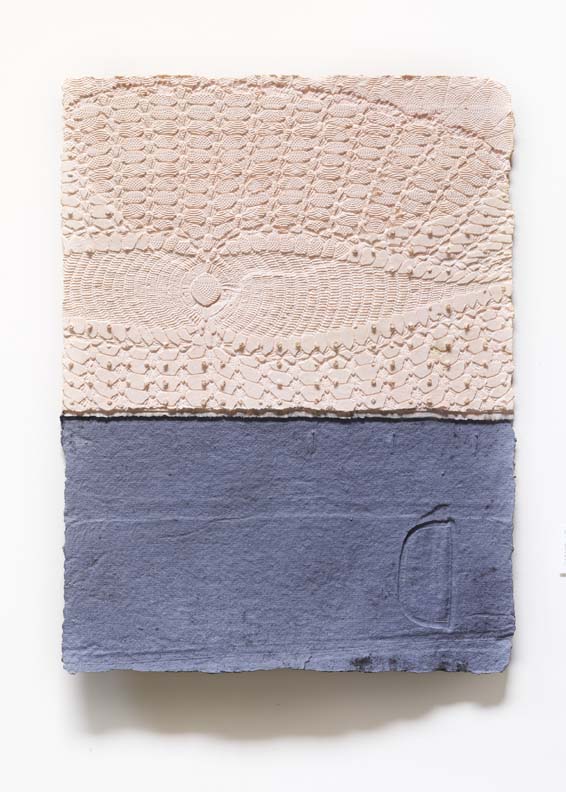 Above and Below (1666) 31 x 24 in
Above and Below (1666) 31 x 24 in
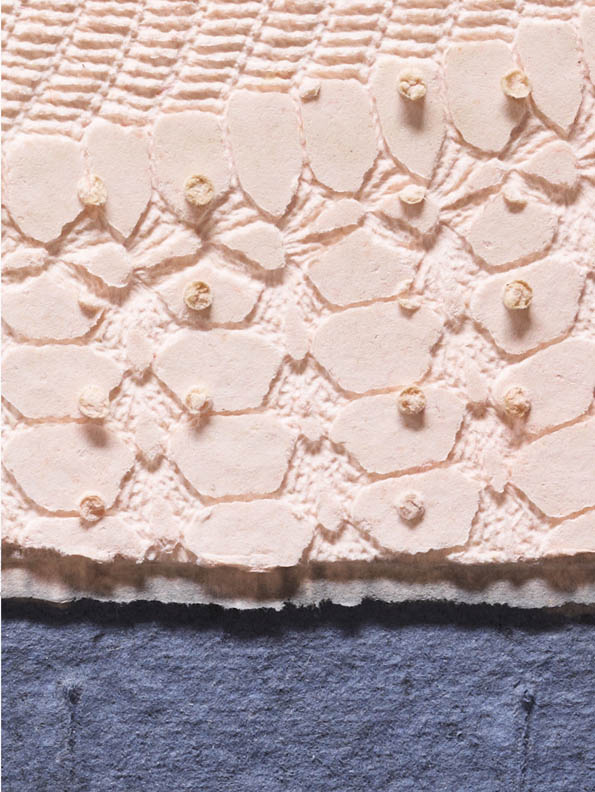 Above and Below (1666) detail
Above and Below (1666) detail
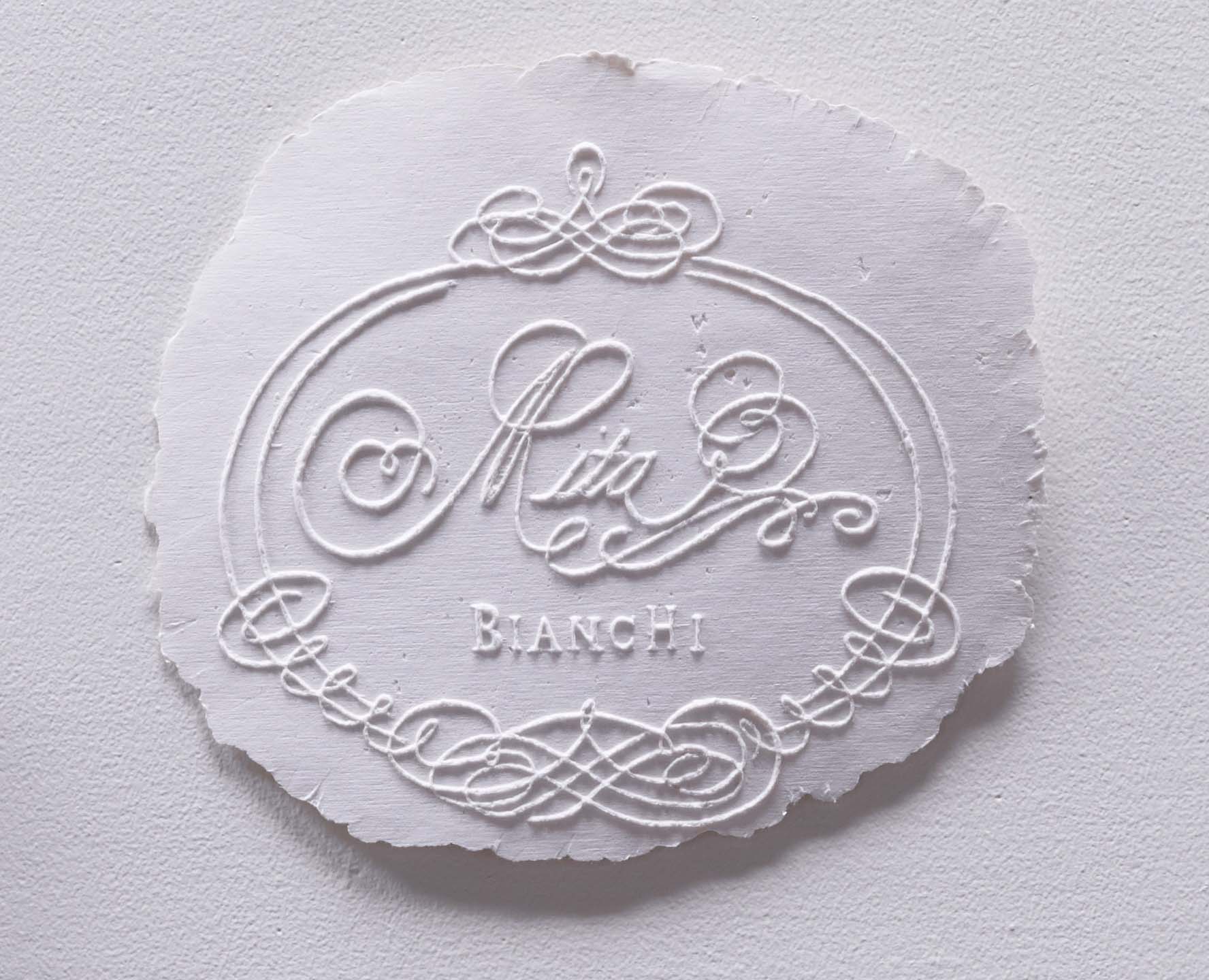 Rag Sorters (1964) Rita Bianchi
Rag Sorters (1964) Rita Bianchi
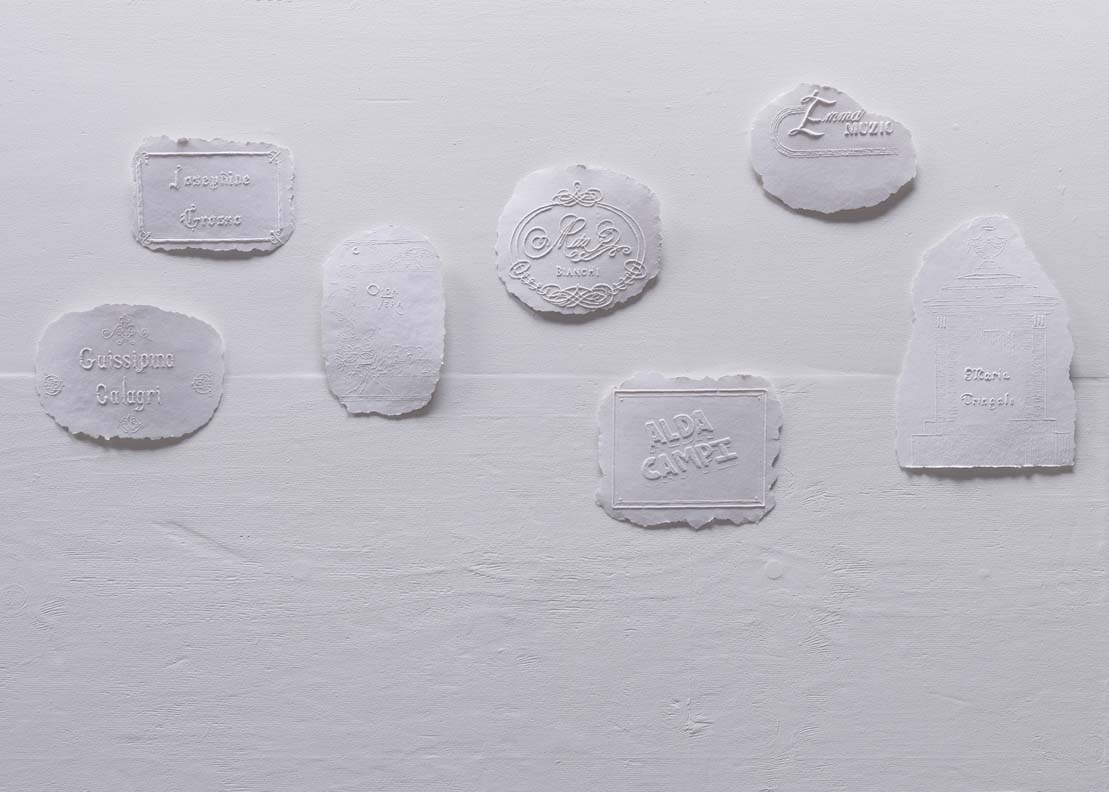 Rag Sorters (1964) Installation, Edition Variee of 4
Rag Sorters (1964) Installation, Edition Variee of 4
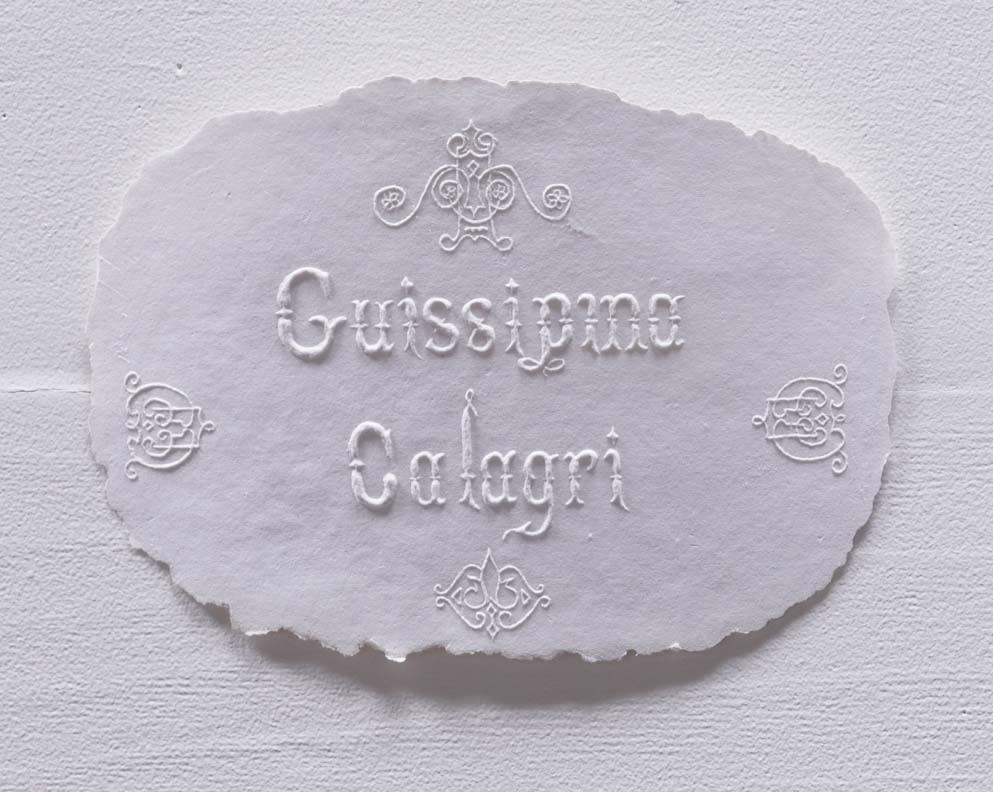 Rag Sorters (1964) Guissipina Calagri
Rag Sorters (1964) Guissipina Calagri
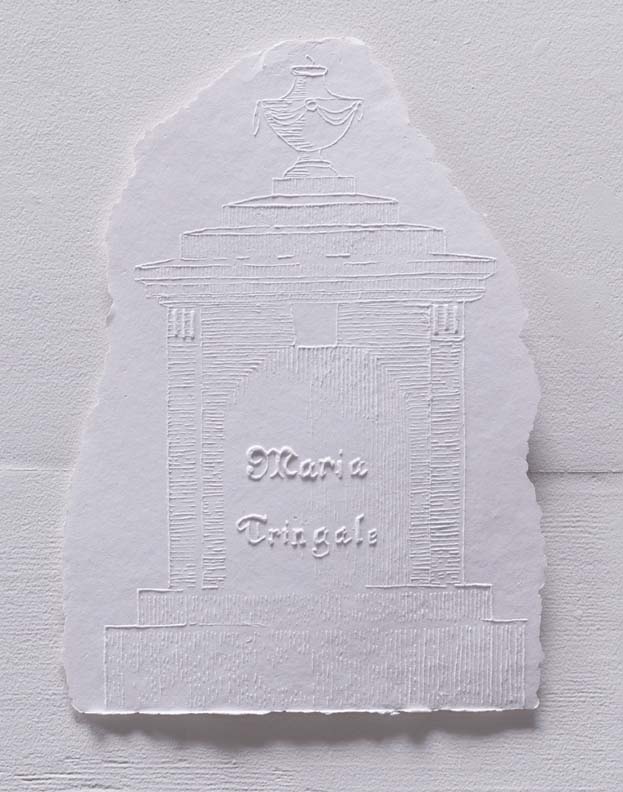 Rag Sorters (1964) Maria Tringale
Rag Sorters (1964) Maria Tringale
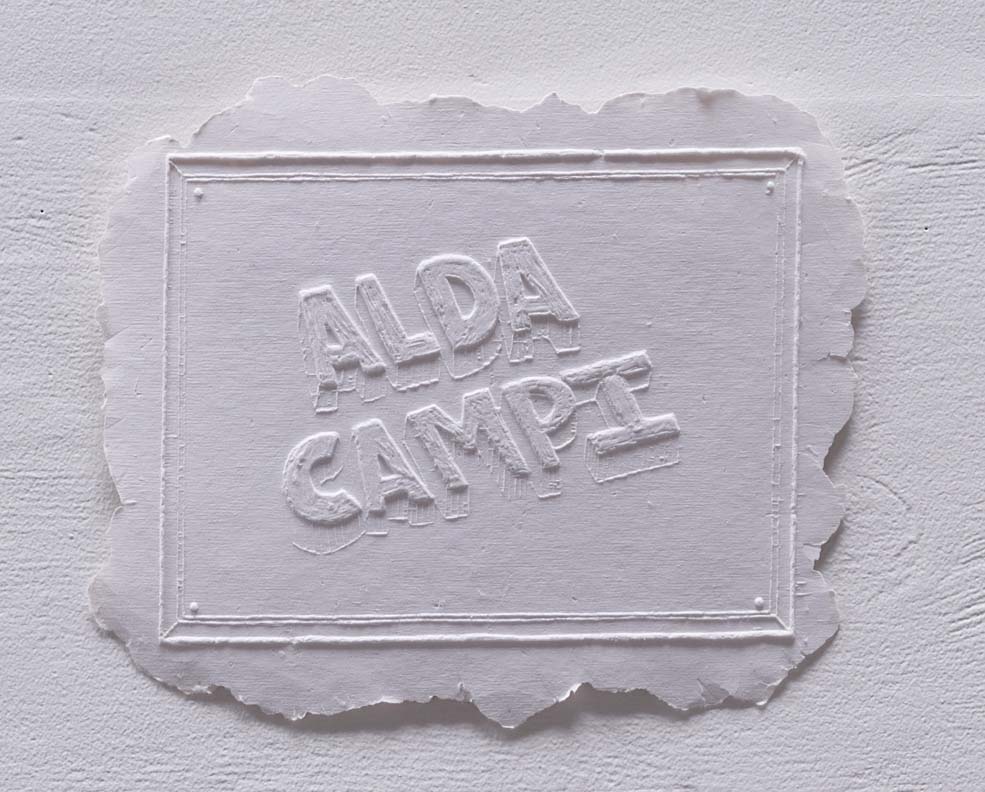 Rag Sorters (1964) Alda Campi
Rag Sorters (1964) Alda Campi
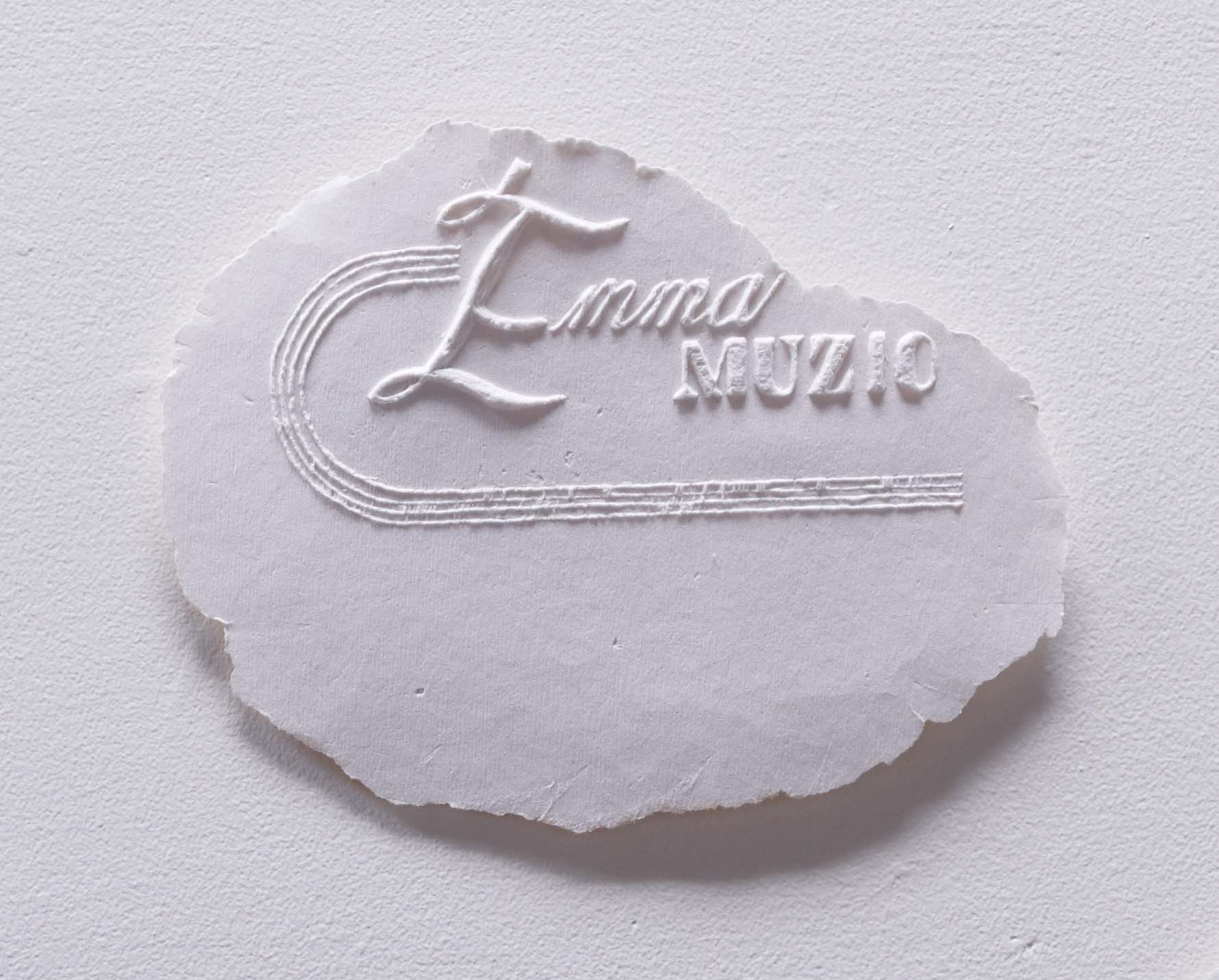 Rag Sorters (1964) Emma Muzio
Rag Sorters (1964) Emma Muzio
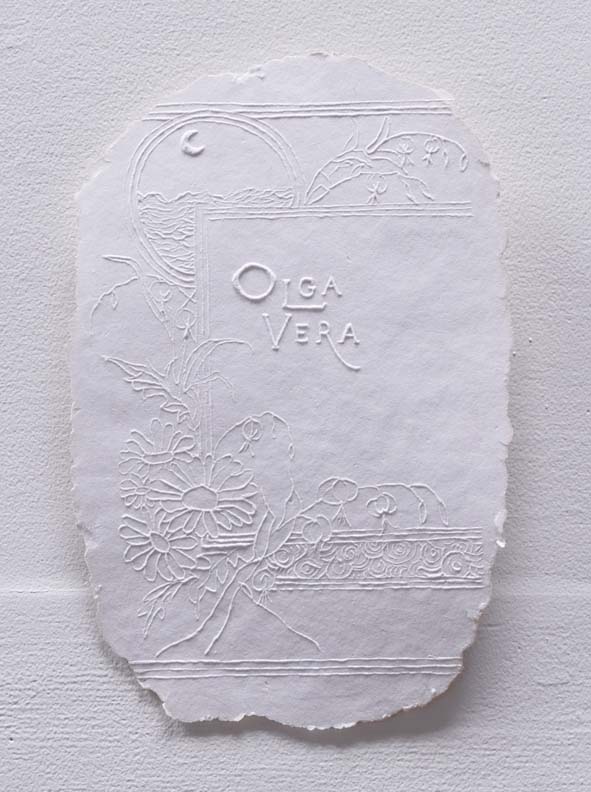 Rag Sorters (1964) Olga Vera
Rag Sorters (1964) Olga Vera
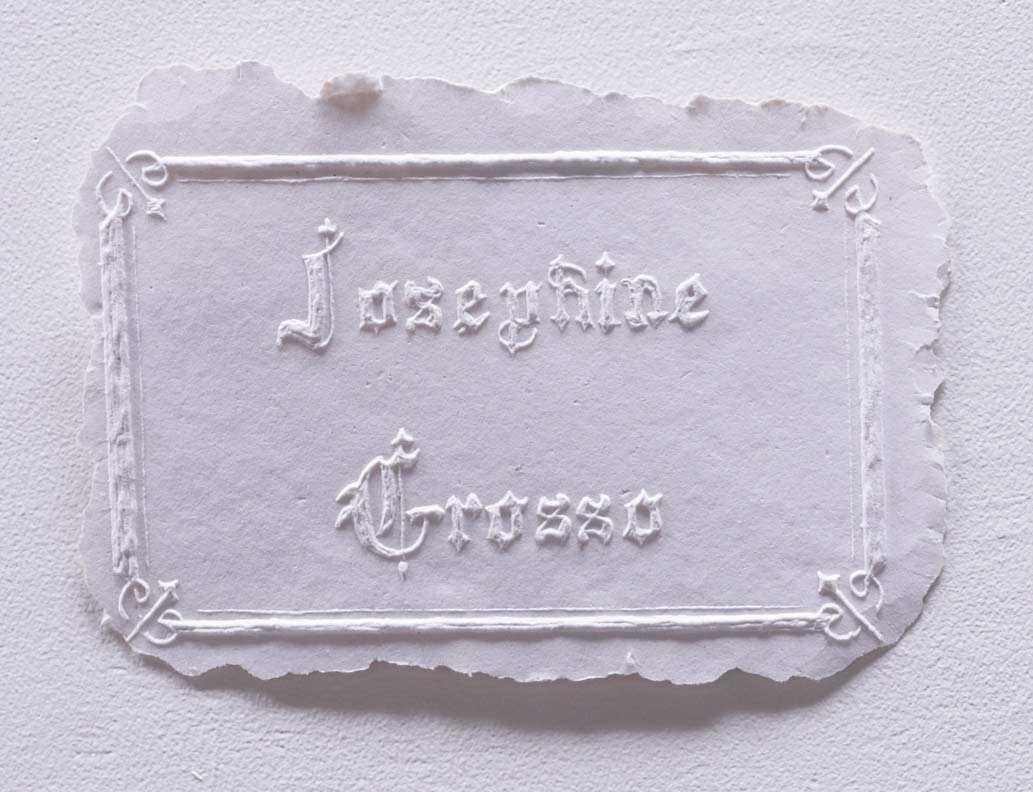 Rag Sorters (1964) Josephine Grosso
Rag Sorters (1964) Josephine Grosso
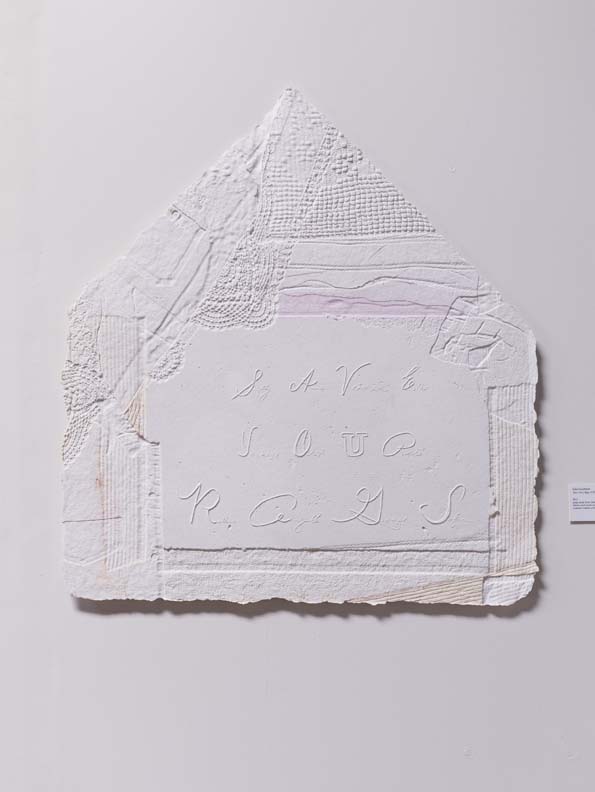 Pray Save Your Rags (1769) 35 x 32.5 in
Pray Save Your Rags (1769) 35 x 32.5 in
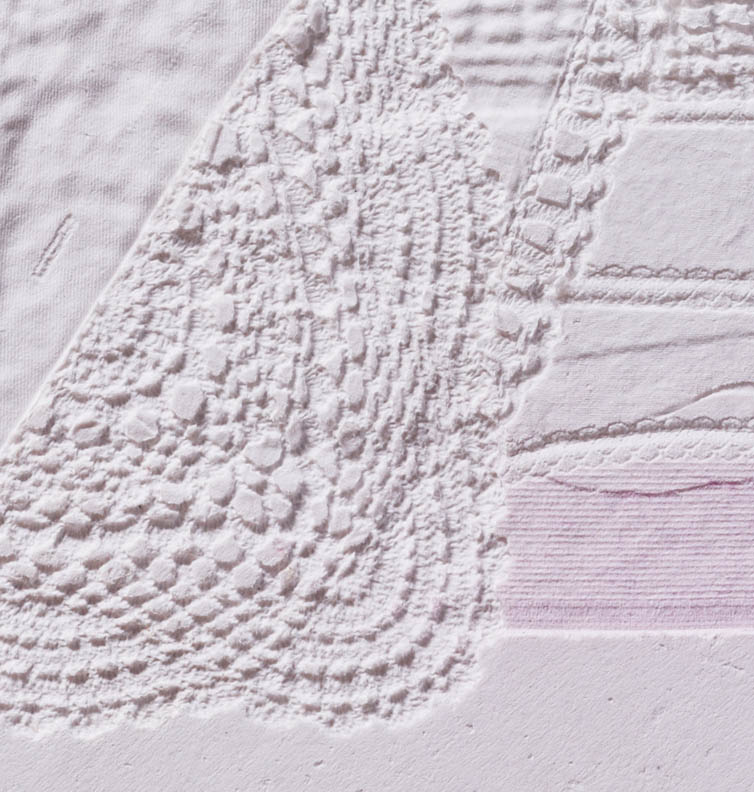 Pray Save Your Rags (1769) detail
Pray Save Your Rags (1769) detail
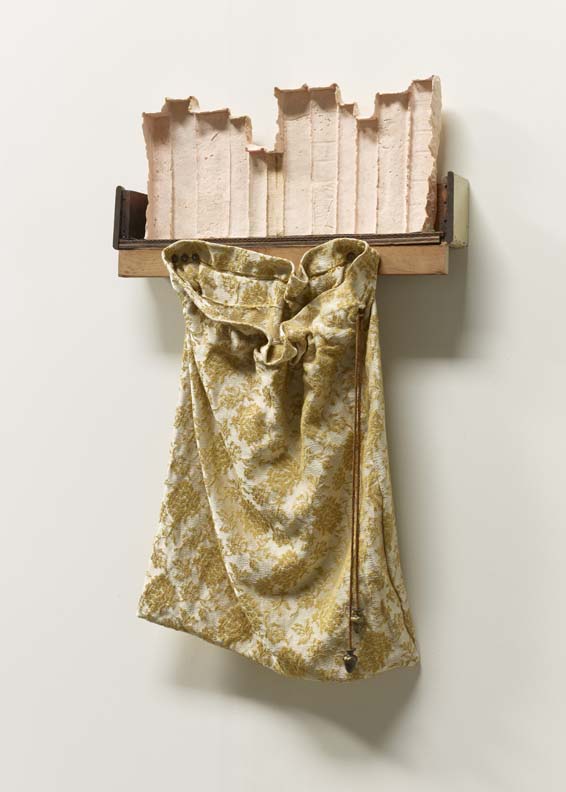 Rag Bag (1776) 33 x 23 x 3 in
Rag Bag (1776) 33 x 23 x 3 in
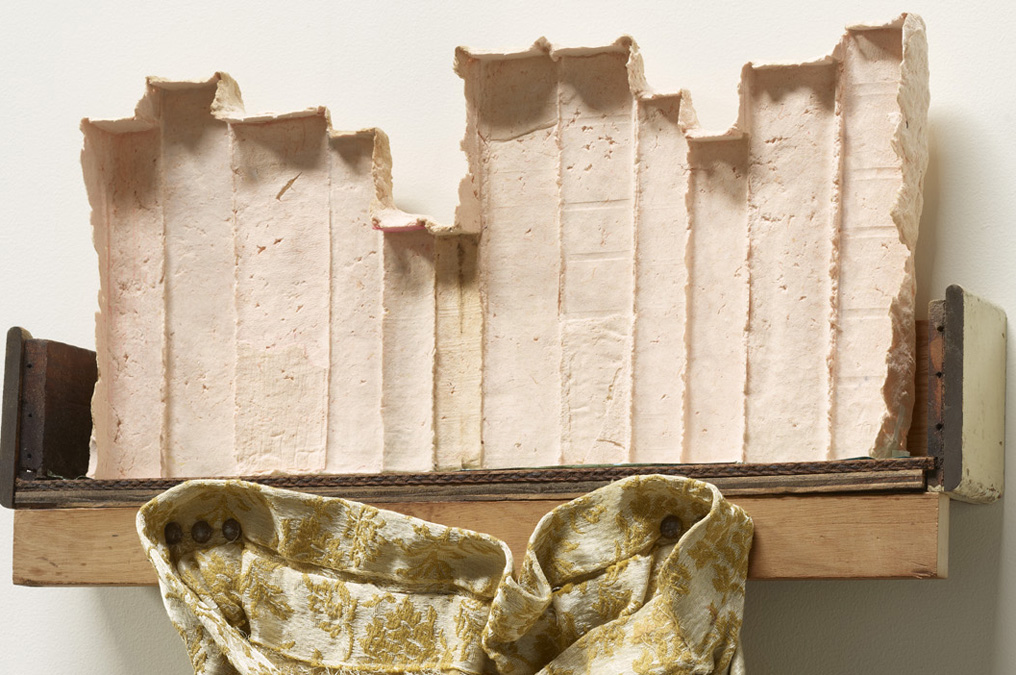 Rag Bag (1776) detail
Rag Bag (1776) detail
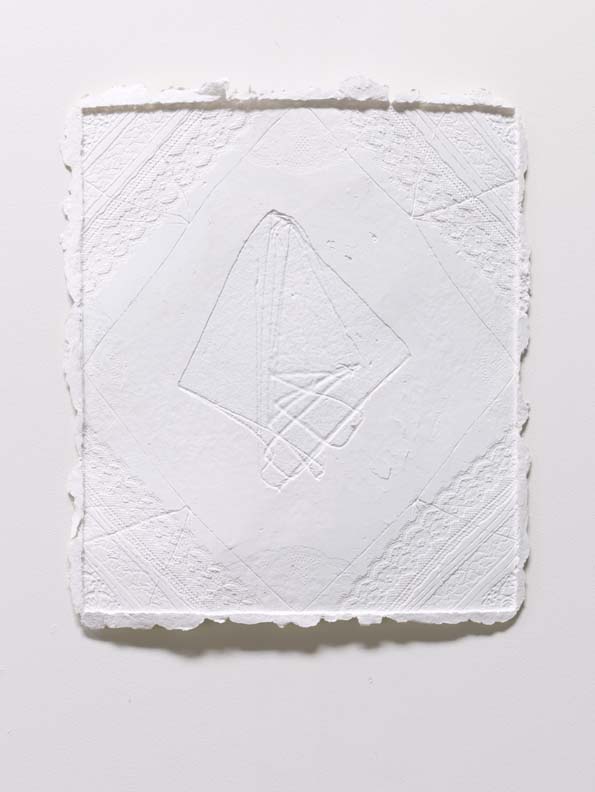 Billet Doux (1777) 20 x 18 in
Billet Doux (1777) 20 x 18 in
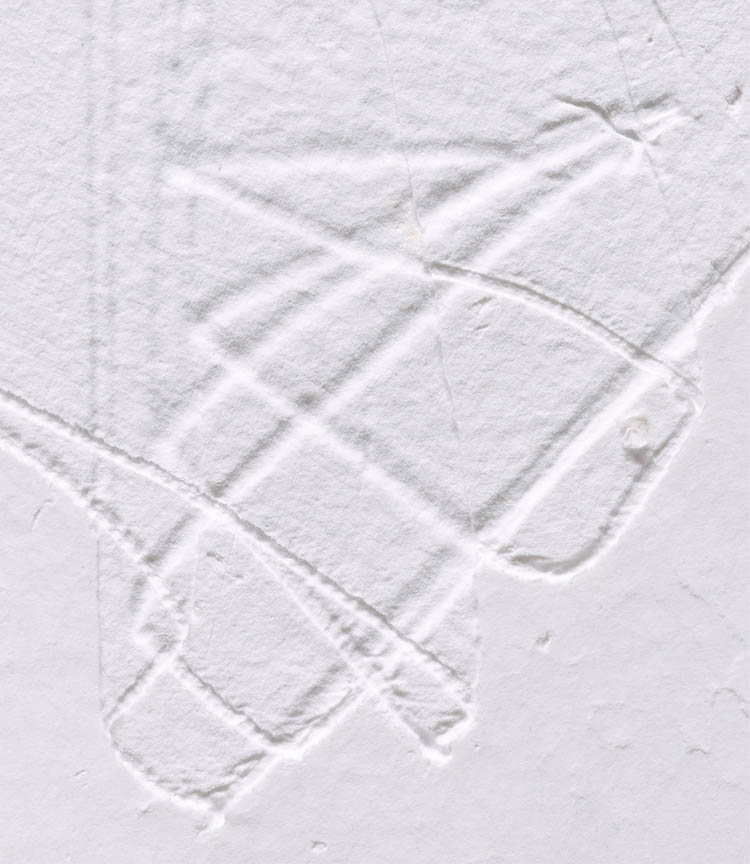 Billet Doux (1777) detail
Billet Doux (1777) detail
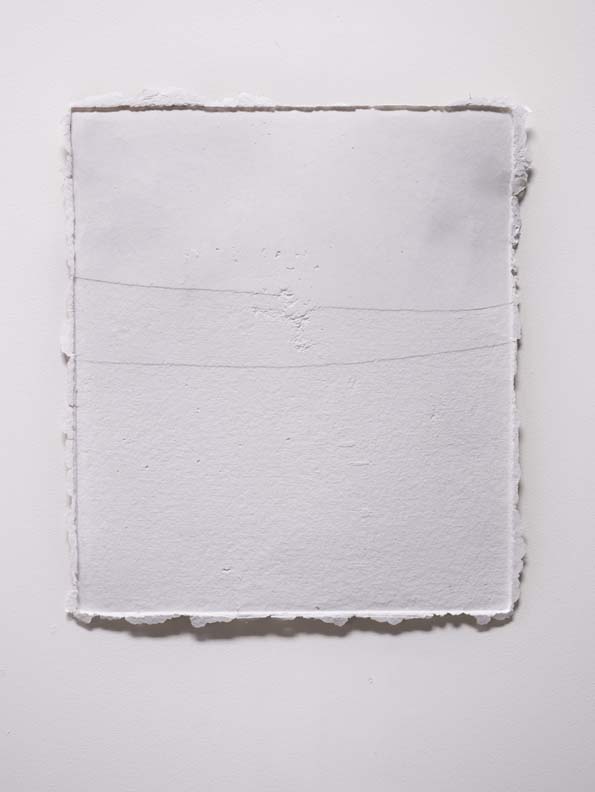 Scar (1778) 20 x 18 in
Scar (1778) 20 x 18 in
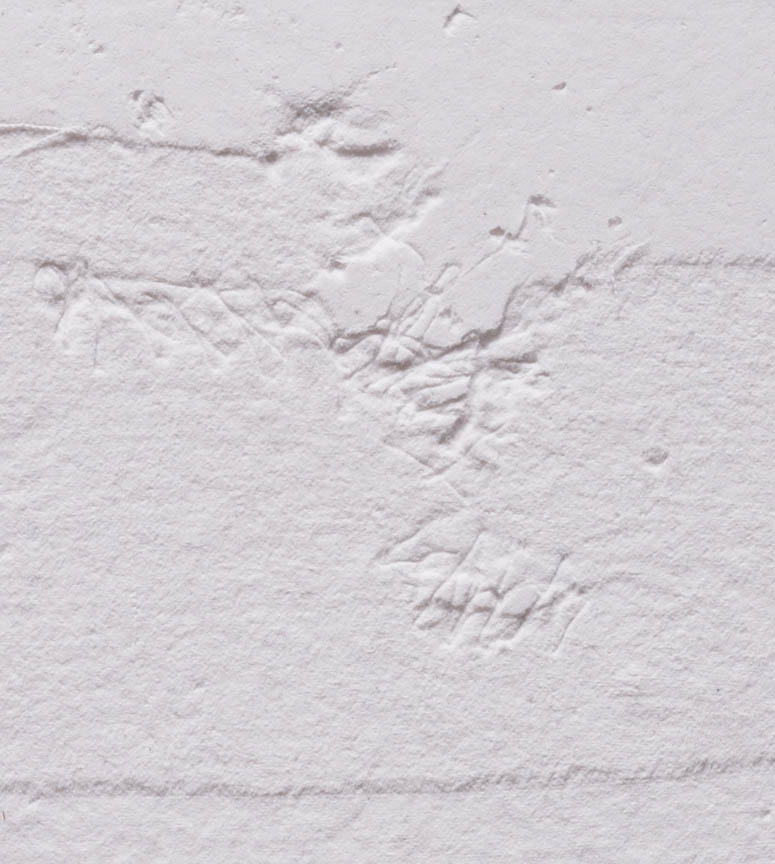 Scar (1778) detail
Scar (1778) detail
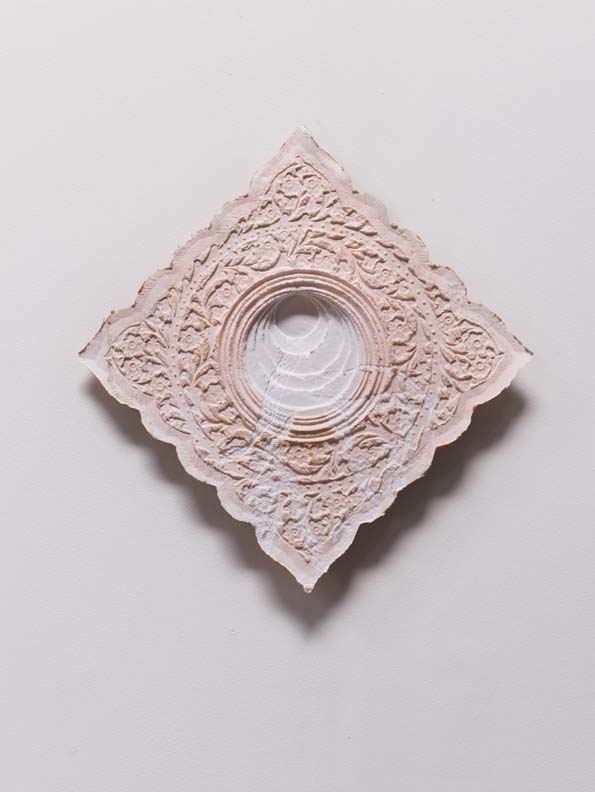 Tender Epistles (1808) 16 x 16 in
Tender Epistles (1808) 16 x 16 in
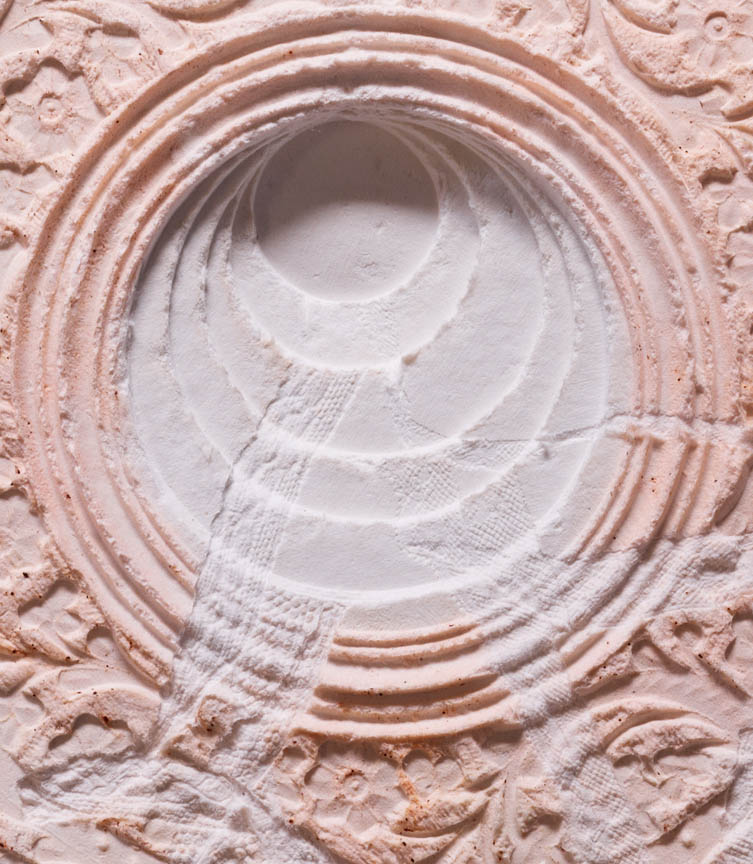 Tender Epistles (1808) detail
Tender Epistles (1808) detail
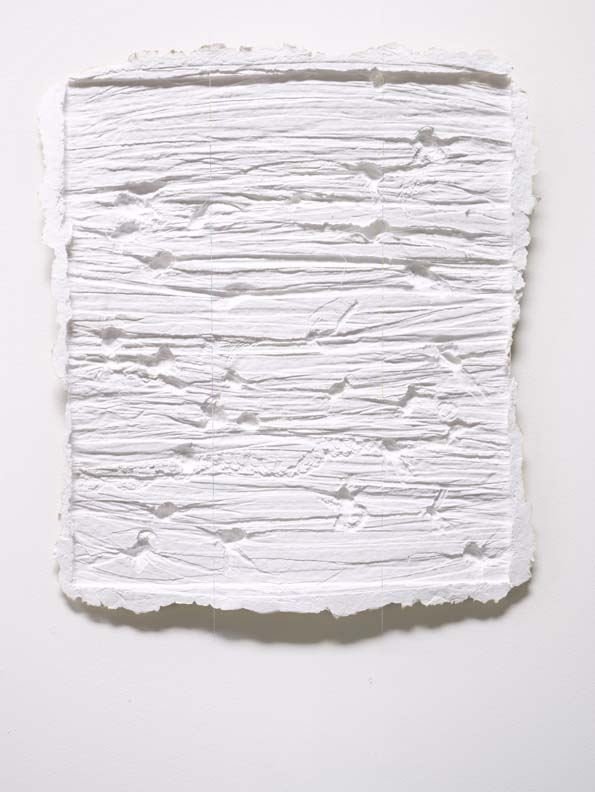 Tied (1855) 22 x 18 in
Tied (1855) 22 x 18 in
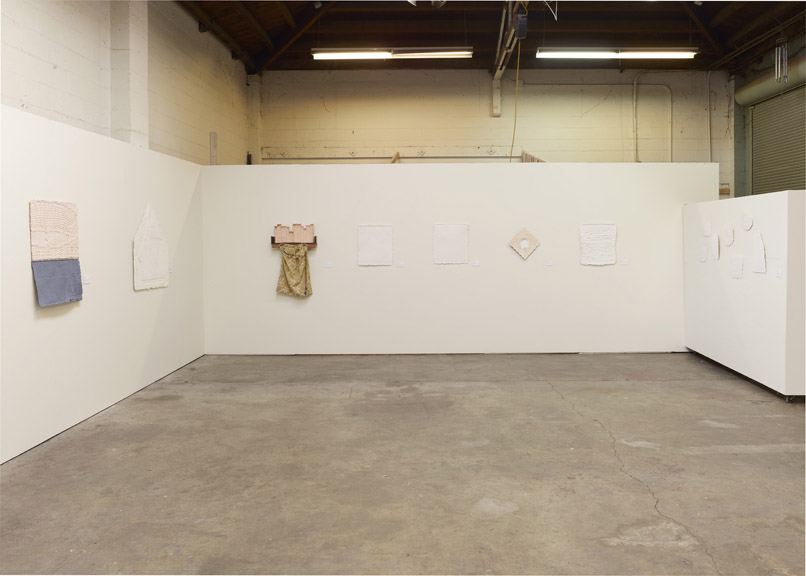 Installation at Recology AIR Photos by Robert Herrick
Installation at Recology AIR Photos by Robert Herrick